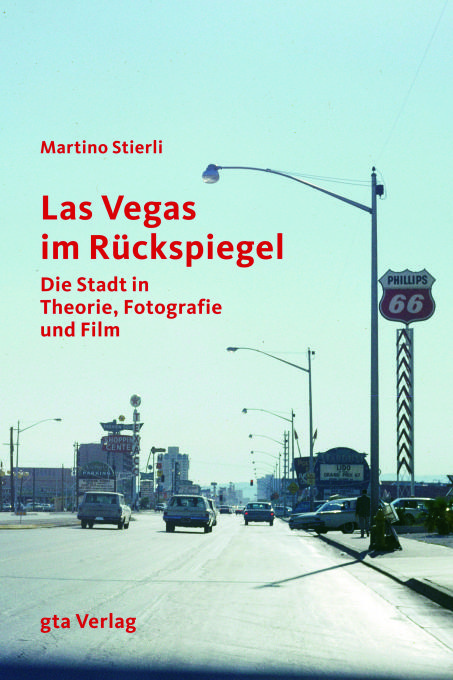Research Project and Thesis: Las Vegas in the Rear-View Mirror: The City in Theory, Photography, and Film

Learning from Las Vegas, an urbanistic study published in 1972 by architects Robert Venturi, Denise Scott Brown and Steven Izenour, is at the center of the present dissertation. The book was discussed controversially upon publication and drew attention far beyond a purely archi¬tectural discourse. Learning from Las Vegas proved of lasting impact both as far as its con¬tents and its methodology were concerned. My dissertation situates the study conducted by Venturi, Scott Brown and Izenour in the context of the architectural and urbanistic discourse of the 1960s. Firstly, I discuss Learning from Las Vegas with respect to the question of the image of the city, that is, how the city is reflected upon in the medium of the image. The basic premise to my research indicates that Learning from Las Vegas marked both a climax and a reaction against a crisis of the image of the city which was prevalent in discourse around 1960. The traditional concept of the city as a relatively contained formal unit was increasingly questioned by the automobilization and the subsequent decentralization and suburbanization of the American towns. For this reason, various disciplines searched for a new image of the city which would be able to adequately represent the changed situation. At this point, Venturi, Scott Brown and Izenour entered into the debate with their investigation. Learning from Las Vegas was first and foremost concerned with the development of new media and modes of representing car-oriented urban sprawl. The image of the city as conceived by an automobile observer passing at a heightened speed was of particular interest to Venturi, Scott, and Izenour. In search for an adequate representation of the contemporary city, the authors of Learning from Las Vegas experimented mainly with such media as photography and film. These media were at the same time an instrument for the analysis and the representation of the city as well as a means of argumentation. By outlining an archaeology of the sources of Learning from Las Vegas, the present dissertation attempts to situate this image-centered method of analysis and argumentation in its historical context. Venturi, Scott Brown and Izenour did indeed tie in with a series of earlier explorations of the image of the contemporary city. Learning from Las Vegas therefore proves to be deeply rooted within architectural and urbanistic discourse of the 1960s. This is particularly evident in a comparison between the premises of this publication and the most important theoretical positions on phenomena such as strip, sprawl, and roadtown prevalent around 1960. This comparison is at the center of the second part of my dissertation. Venturi, Scott Brown and Izenour were not the first ones to explore the form and aesthetics of the car-oriented contemporary American city. In various subtexts, Learning from Las Vegas refers partly polemically to the then ongoing discourse on the city and amalgamates the various stances to a theory of urban communication. The dissertation was awarded the ETH medal of distinction as well as the 2008 Theodor Fischer Prize of the Zentralinstitut für Kunstgeschichte, Munich. It was published in German with GTA Verlag, Zurich, 2010.